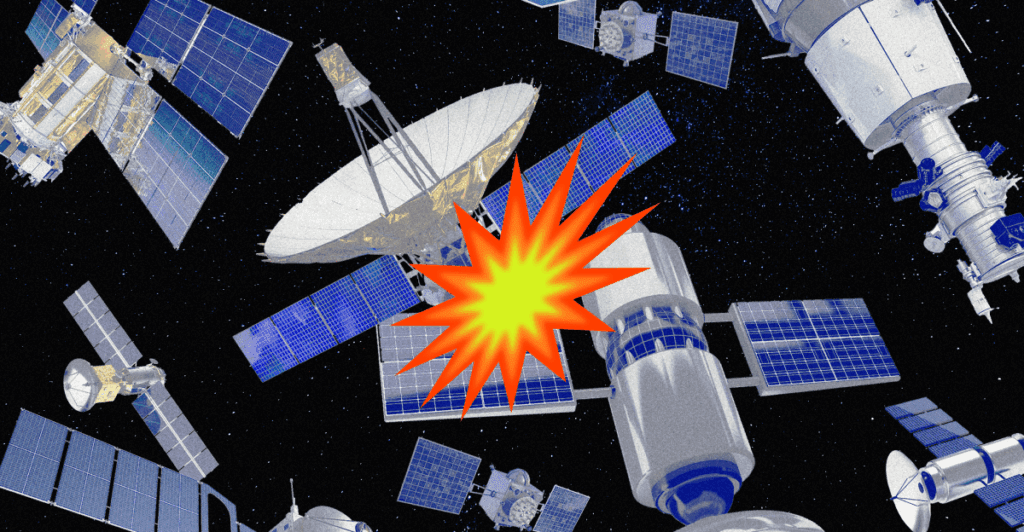On April 28th, Amazon launched its Project Kuiper satellites, marking its entry into the growing competition against SpaceX’s Starlink. With 27 satellites now in orbit, Amazon joins several companies aiming to deploy thousands of satellites for global internet coverage. However, this rapid increase raises concerns about orbital overcrowding and collision risks.
A report from the European Space Agency (ESA) indicated that over 2,500 objects were launched into low-Earth orbit in 2024 alone, driven mainly by commercial satellite constellations. This trend could lead to around 50,000 objects in orbit by 2050, posing significant risks from debris that can cause catastrophic collisions, a phenomenon known as Kessler Syndrome.
Experts stress the urgent need for comprehensive management rules concerning orbital objects. The proliferation of both functional satellites and space debris complicates the ability to track and mitigate collision risks. Satellite operators often rely on U.S. government tracking systems, lacking a global consensus on collision avoidance protocols.
The potential for conflicts, particularly between competing satellite projects, could lead to costly maneuvers to avoid collisions. A recent incident between Starlink and an ESA satellite highlighted the lack of effective regulations and operational norms in space.
Experts advocate for proactive measures from satellite companies rather than waiting for international agreements, stressing that clearer communication and established guidelines are essential to prevent disasters.
The current regulatory framework is outdated, having not contemplated the role of private companies in space operations. As the number of satellites increases, the ESA warns that individual collision avoidance maneuvers will become unmanageable, necessitating urgent collaboration and legally enforceable international solutions to ensure sustainable use of orbital space.
Source link


